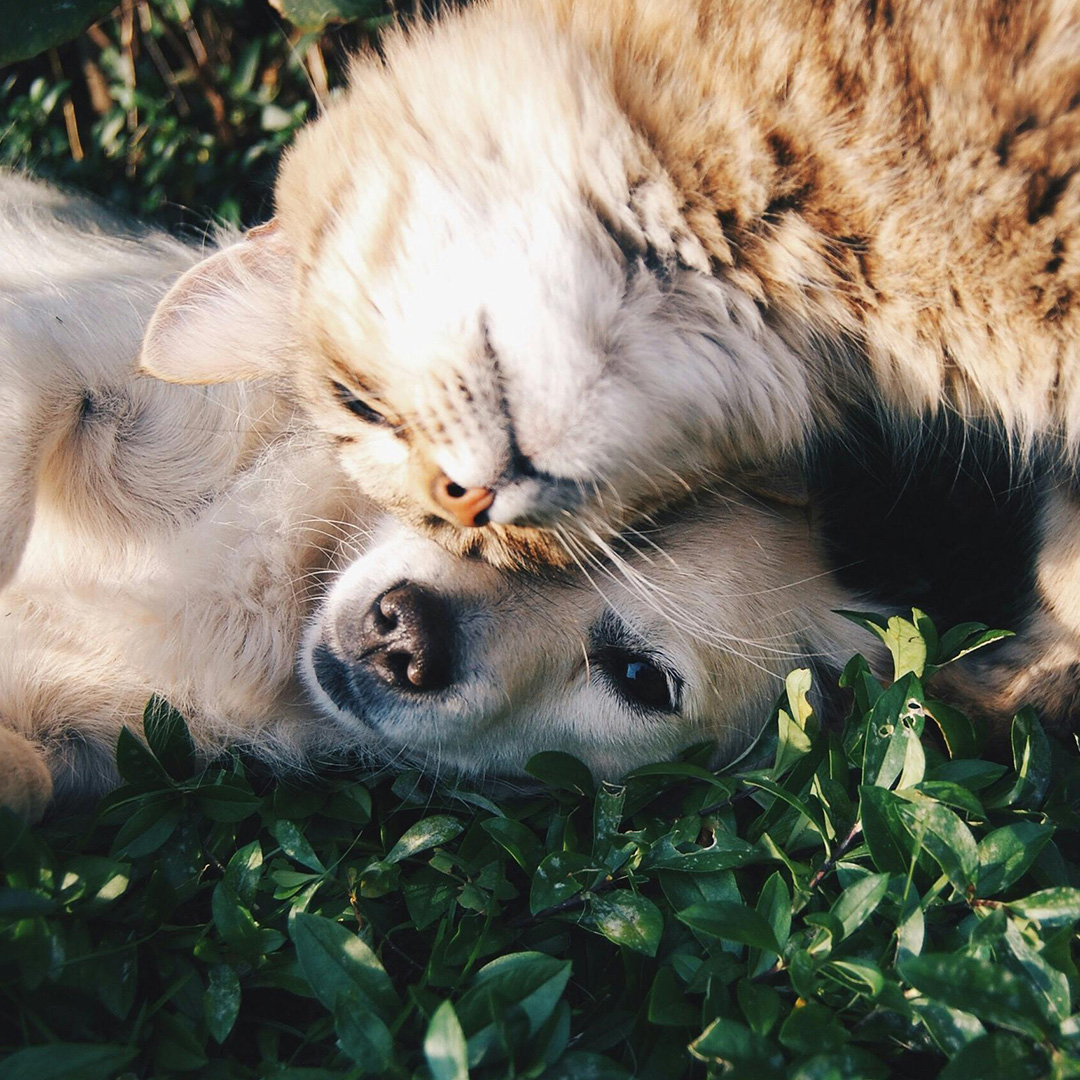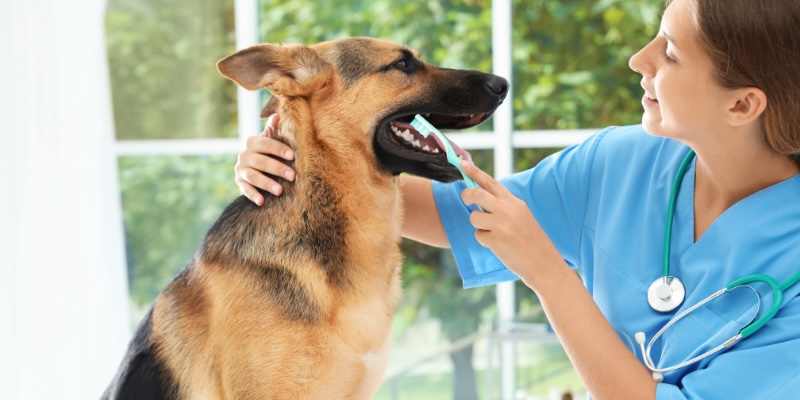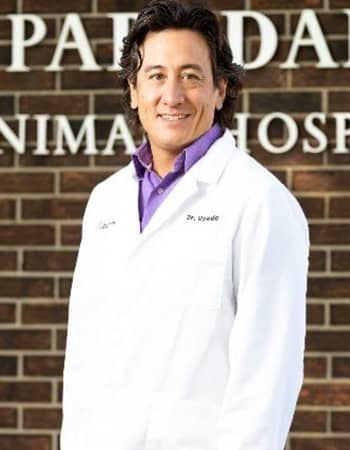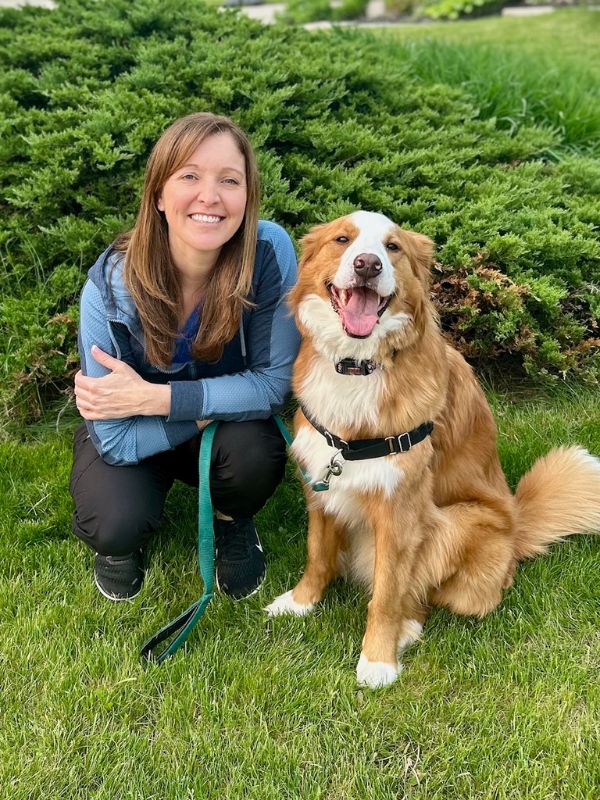We are here for you!
To welcome and treat your pet as we would our own

Welcome to the veterinary team YOU CAN TRUST!


Welcome to
Parkdale Animal Hospital
At Parkdale Animal Hospital, we are passionate pet lovers and owners dedicated to keeping your furry friends healthy. We see patients by appointment only to ensure personalized and attentive care.
Conveniently located just blocks from both universities in Kitchener-Waterloo, ON, our clinic offers ample parking spaces in our private lot. You’ll find us across from Tim Hortons at the corner of Phillip and Albert Street.
We Provide the Best Services for Your Pet
We offer a wide range of veterinary services including dental surgery, laparoscopic surgery, nutritional consultation, and soft tissue surgery & orthopedic surgery needs for your pet so that they live a longer, healthier, and happier life.

Pet Vaccines
One of the best things you can do for your pet is keep them healthy with regular exams and vaccinations.

PET DENTAL SURGERY
We specialize in pet dental surgery to ensure the oral health and well-being of your beloved pets.

Pet Laparoscopic Surgery
This is a surgical method that accesses a pet’s abdomen with specialised, minimally-invasive surgical instruments.
Thank you for making us one of the highest-rated veterinary hospitals in Kitchener-Waterloo, ON!
Your feedback means so much to us. Thank you for allowing us to care for your pets.




Meet Our Team
At Parkdale Animal Hospital, we feel honoured to provide compassionate patient care for all of your dogs and cats. We have been serving the community for over 50 years, and our four veterinarians have a combined 80 years of experience.
In addition to their clinical experiences, Dr. Jonathan Uyede, Dr. Devin Descehene, Dr. Stephanie Thompson and Dr. Laura Ruggiero seek out and participate in continuing education. As a result, they are always current on the newest research and care options for your pet.
Our friendly veterinary team is here to help you whenever you need to schedule an appointment, raise a concern, or ask a question. Our Registered Veterinary Technicians provide gentle, compassionate care while assisting the veterinarian with surgical and laboratory procedures.
At Parkdale Animal Hospital, we are all pet lovers and pet owners. We understand how important compassionate, honest, reliable, and quality care is for our clients and their furry family members.
We are here for you to treat your pet as we would our own!
